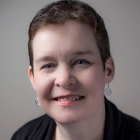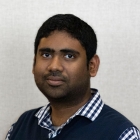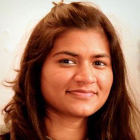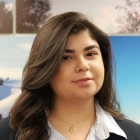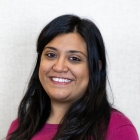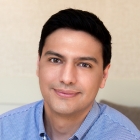You are here

Changing the Lives of Children Living with Cerebral Palsy through Innovative Clinical Trials
With a deep understanding that there is an urgent need to advance treatments for Cerebral Palsy (CP), the most common motor disability in childhood1, Dr. Kathleen Friel and her lab of dedicated researchers at the Burke Neurological Institute (BNI) are changing the lives of children living with Cerebral Palsy through innovative therapies that are test-driven in clinical trials. For nearly twelve years, the Friel Lab has collaborated with Dr. Andrew Gordon of the Center for Cerebral Palsy Research at the Teachers College-Columbia University, where over 300 children have participated in developing and testing treatment approaches for children with CP. The collaborative teamwork led by Drs. Friel and Gordon on intensive hand and arm training therapies has shown improvements in hand and arm function, allowing children with CP to learn new, long-term life skills.
“People with CP need more effective therapies at all stages of life. In my lab, we strive to better understand how the nervous system controls movement in people with CP, and build effective rehabilitation strategies from that knowledge.” - Dr. Kathleen Friel
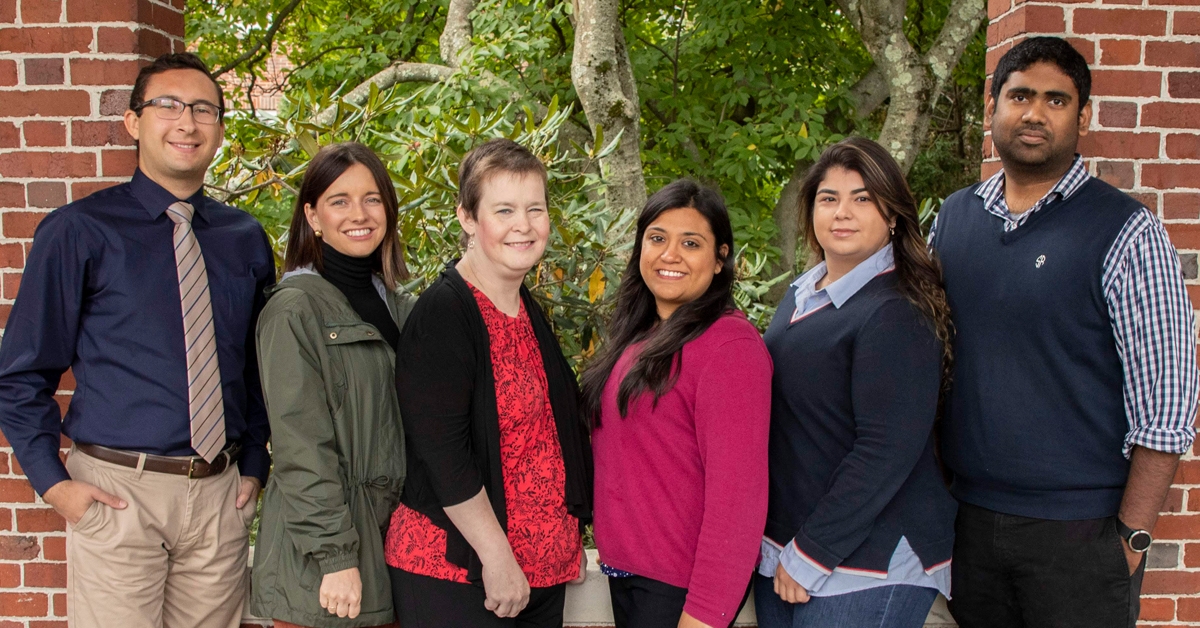
In June of 2021, the team published results from a study designed to prove that hand and arm motor functions on both sides of the body can improve equally well no matter how a CP brain is injured and re-wired. Before this study, some scientists thought that the way a child’s brain is wired might determine whether training only affected one hand (constraint), or training both hands (bimanual), might be best for that child. Thanks to the eighty-two children living with cerebral palsy and their families who participated, this novel study is changing the minds of scientists and physicians—it represents a significant breakthrough that is advancing future treatments for CP.
“We are currently testing whether combining non-invasive brain stimulation with movement training can make larger improvements in hand function than movement training alone. People with CP deserve effective therapies. As a neuroscientist, as well as a person with CP myself, I deeply know how important it is to have better therapies for CP.” - Dr. Kathleen Friel

Currently, the best available upper extremity motor therapies for CP are both costly and intensive. Inspired to do more, Drs. Friel and Gordon are driven to discover innovative therapies that are low-cost and effective in improving motor function. Their most recent published study included eighty-one children living with unilateral spastic cerebral palsy (USCP), a type of CP that affects one side of the body’s mobility. With the support of the children and families who gave ten hours over five days, in a camp like setting, the research team set out to explore if hand-arm bimanual intensive therapy (HABIT) combined with a transcranial direct current stimulation (tDCS) can improve impaired upper extremity muscles and motor function. In February 2022, methods and analyses from the pilot study have been published in full-text on BMJ Open.
A breakthrough for one child with CP to restore ability could be a breakthrough for millions, no matter how or why it originated.
Clinical research investigations for Cerebral Palsy through the collaboration of Burke Neurological Institute and Teachers College-Columbia University are made possible by the courageous and generous participation of children and their families. By participating in clinical trials you are helping to advance clinical treatments for CP. If you are someone you know is living with CP, below are two ways to get involved in clinical research.
Motor Learning Camp at the Teachers College-Columbia University
The Center for Cerebral Palsy Research at the Teachers College-Columbia University is looking for participants for summer and fall motor learning camps for 2022.
Research Registry at the Burke Neurological Institute
Join our Research Registry to be contacted about future and upcoming clinical trials.
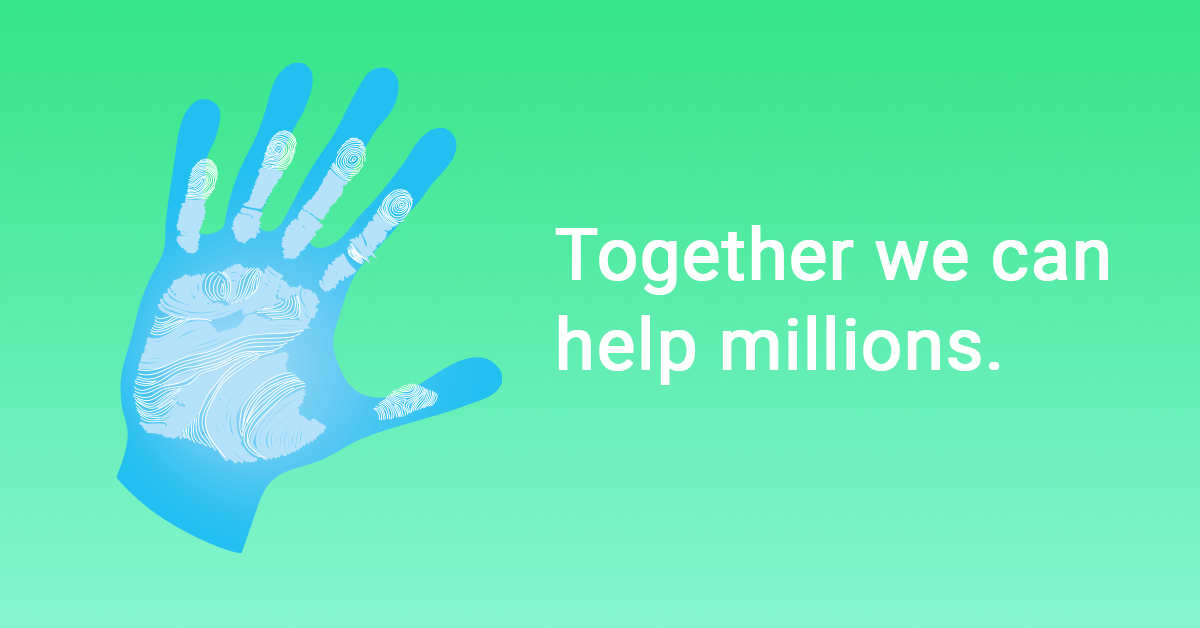
Go Green for Cerebral Palsy
Worldwide, over 18 million people are living with Cerebral Palsy, and nearly 1 million in the United States—impacting everyday life for millions. At the Burke Neurological Institute (BNI), together with families affected by Cerebral Palsy, we fight every day to renew hope for millions. On Friday, March 25th, from wherever you are, wear green and join Dr. Friel’s Lab at BNI and the Cerebral Palsy Foundation in celebration of Cerebral Palsy Awareness Month & Day.
About Cerebral Palsy
Cerebral Palsy (CP) is caused by damage to the developing brain before, during or shortly after birth. It affects a person’s ability to control his or her muscles and often leads to impairments in mobility or movement. Worldwide, over 18 million people are living with Cerebral Palsy, and nearly 1 million in the United States—impacting everyday life for millions. It is a condition that is permanent, but not unchanging. Today, there is still no known cure for CP.1,2
1. CDC, “Cerebral Palsy”, CDC, https://www.cdc.gov/dotw/cerebral-palsy/index.html, (accessed 1 March 2022).
2. Cerebral Palsy Foundation, Key Facts https://www.yourcpf.org/statistics/

